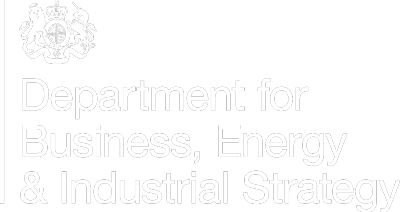Draculamya porobranchiata Oliver & Lützen, 2011
Galeommatoidea : Montacutidae |
| Tebble name: | n/a |
| Smith & Heppell name: | n/a |
To size: To 2mm. Shell Structure: Thin, fragile. Equivalve: Equivalve. Equilateral: Slightly inequilateral, beaks a little behind midline. Tumidity: Inflated. Outline: Subcircular, slightly oblique and expanded anteriorly, all margins rounded. The anterior dorsal margin slightly longer than posterior dorsal.
Sculpture: Sculpture of commarginal lines and growth stops of varying intensity, some prominently lined, some apparently smooth. Margin: Inner margin smooth. Ligament: Internal on a shallow resilifer set obliquely between the cardinal tooth and the posterior laterals. Hinge: Hinge relatively strong; right valve with a single cardinal peg and single anterior and posterior laterals; left valve lacking cardinal teeth, with single anterior and posterior lateral teeth as extensions of the shell edge. Pallial Musculature: Scars weakly impressed, indistinct but adductor muscles subequal, pallial line entire. Periostracum: Thin, weakly lirate and greenish when fresh. Colour: Shell off-white, translucent.
Distribution & Ecology
Depth Range
Bathyal (500 - 2000m)

Additional Information & Related Species
Key Features & Similar Species
Related Species
Galeommatoidea : Montacutidae
References
Listed are literature citing Draculamya porobranchiata Oliver & Lützen, 2011. Reference containing the species Type Description is highlighted.
|
Oliver P.G. & Lützen J. 2011. An anatomically bizarre, fluid-feeding, galeommatoidean bivalve: Draculamya porobranchiata gen et sp nov. (Mollusca: Bivalvia). Journal of Conchology. 40 (4): 365-392. |
Resources
- Conchological Society
of Great Britain & Ireland
Provides resources for understanding, identifying, recording, and conserving molluscs - CLEMAM
Check List of European Marine Mollusca - MarLIN
The Marine Life Information Network for Britain and Ireland (MarLIN) provides information for marine environmental management, protection and education. It is a centre of excellence in spatially based and time-series marine biological information and supports good stewardship in the marine environment. - NBN Gateway
National Biodiversity Network's Gateway. Use it to explore UK biodiversity data, as contributed by participating data providers. - BivAToL
- MarBEF
- Malacological Society
- Unitas Malacologica
- Census of Marine Life
- MarBEF
MarBEF, a network of excellence funded by the European Union and consisting of 94 European marine institutes, is a platform to integrate and disseminate knowledge and expertise on marine biodiversity, with links to researchers, industry, stakeholders and the general public.









